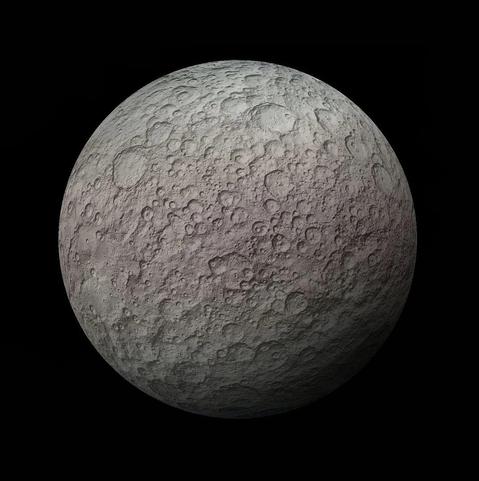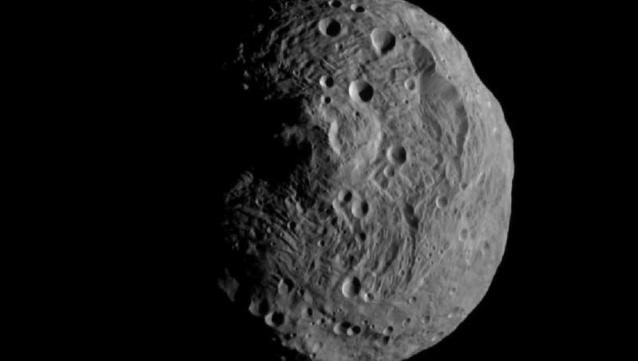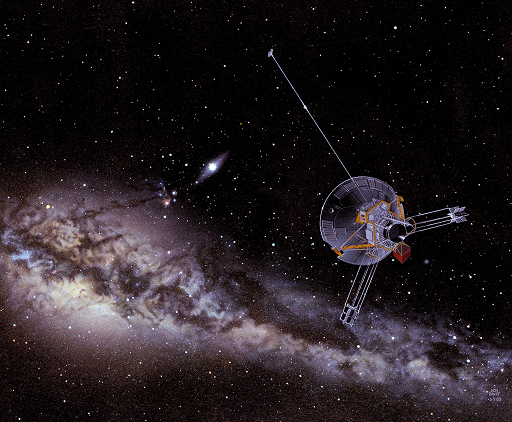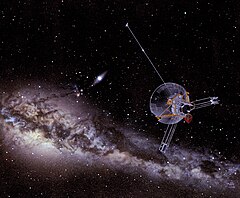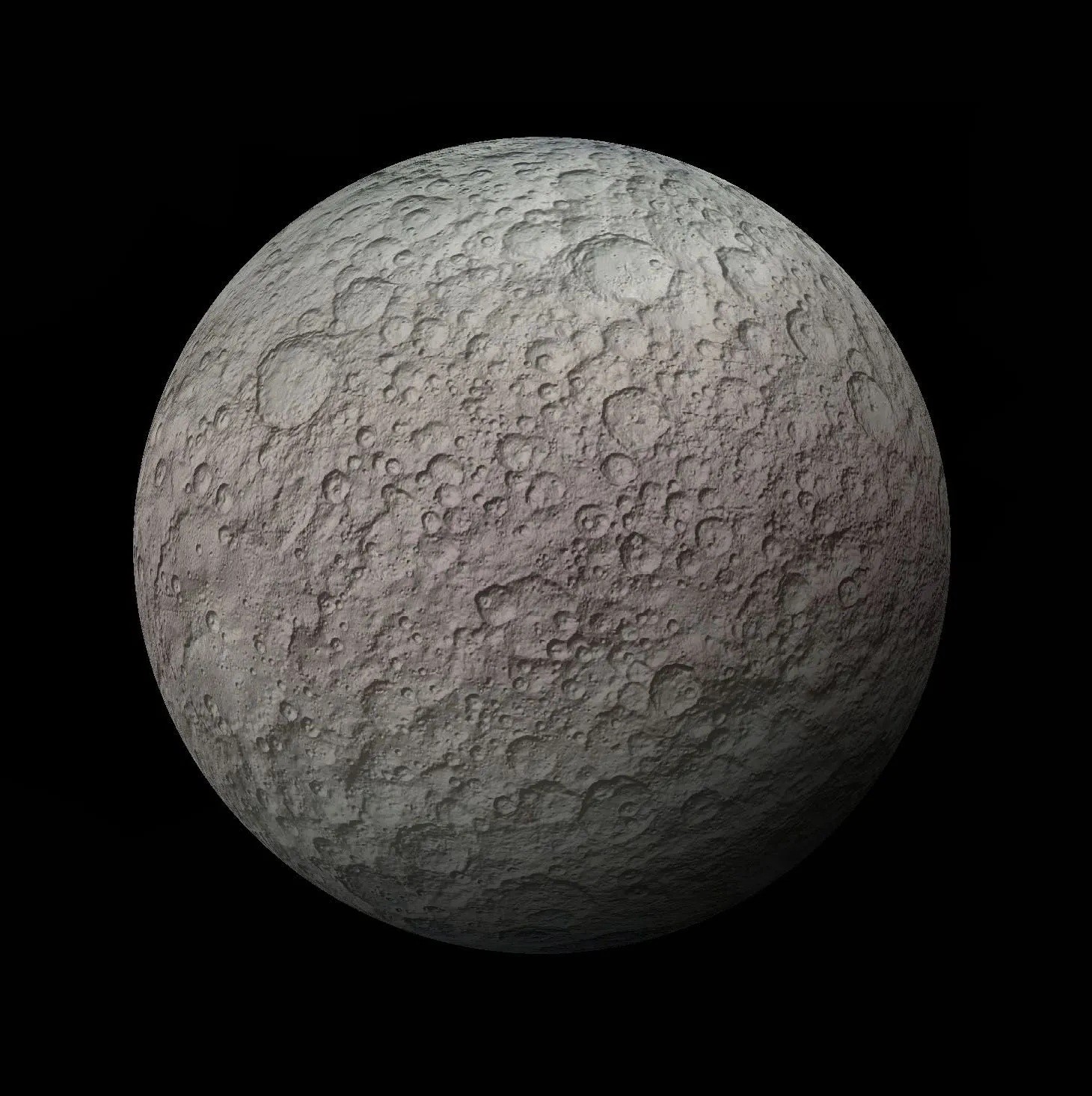Ceres: The Frozen Ocean World Between Mars & Jupiter — NASA’s Stunning Discovery!
#Ceres, #FrozenOceanWorld, #NASADiscovery, #DwarfPlanet, #AsteroidBelt, #SpaceExploration, #Astrobiology, #PlanetaryScience, #IceAndRock, #OceanWorld, #StunningDiscovery, #SpaceMysteries

